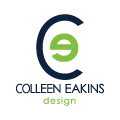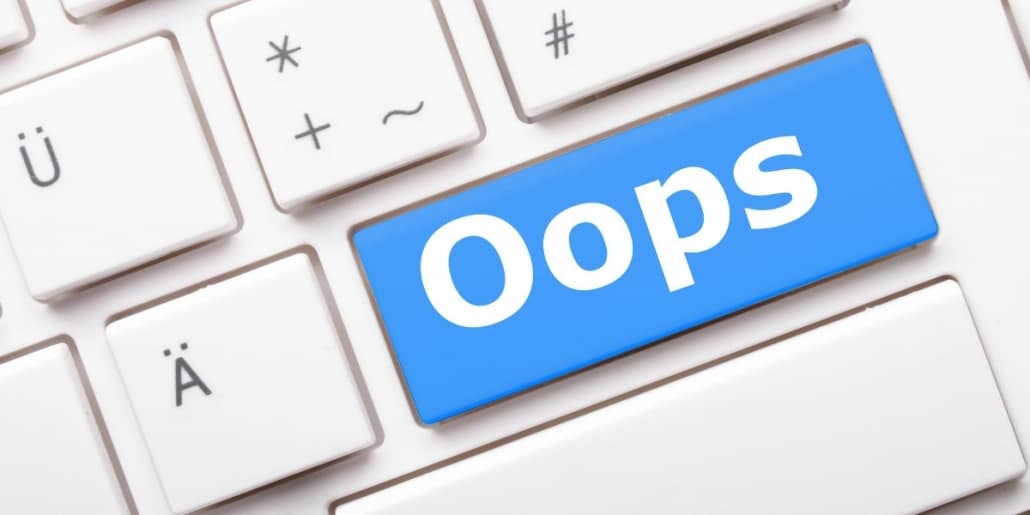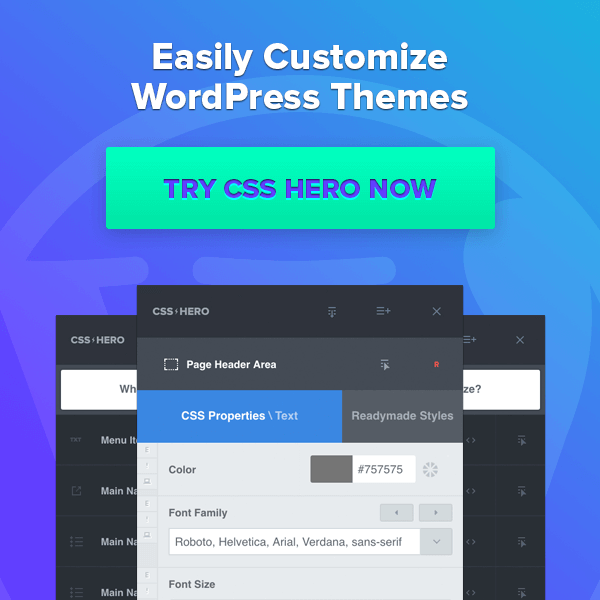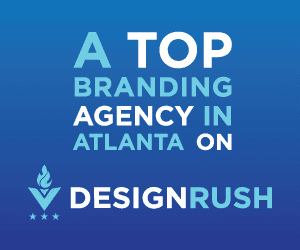Making the Most Out of Your Design Partnership
Working with a Freelance Designer or Agency
Your company has made the decision to work with an outside freelance designer or agency due to lack of internal resources or the complexity of the project at hand. Now, that you have chosen your design partner carefully after a thorough evaluation process, the internal team assembled must know how to effectively work with your outside resource. How one would work with an outsourced IT company would not be the same in communication or style with a designer.
We have some helpful tips on how to best work with this new partner.
Design Process
First and foremost, in order for your company to receive the best quality product and service possible, you must understand the design process. Ideally, this would have been spoken about in the discovery stage of determining who to work with and agreed upon during contract negotiations. However, a refresher in how many rounds of revisions or when it goes in to a specific part of the production process is very helpful in learning how to work with creative designers.
Creative Brief
Will this be developed in strategy sessions included in the production timeline or is this a piece that your company will need to (semi) develop before kicking off the project? This should as well be included in your initial discussions with your chosen vendor to prepare for full-length discussions on what is needed for the intended project.
Ensuring that this brief outlines the ins and outs of the project on a holistic level will start off a successful relationship. This will be the overall blueprint for the project and needs to be carefully examined and have clear explanations of strategy, goals, and needed design elements.
Communication – early and often
This can encompass many and not just one step in the process with your vendor. First, scheduling a formal kickoff meeting (in person or web conference) for the project will allow for your company to clearly share the intention of the project and any inspiration materials to use as a launch-pad for the project. Providing materials for the kickoff before the meeting will be beneficial for all parties to review and prepare questions to maximize the allotted scheduled time.
After the kickoff meeting, keeping the channel of communication open is important. Regularly scheduled production check-in meetings can help each party stay on top of the development stages and hold each other accountable for providing necessary content to complete a certain portion. These meetings do not need to be long or multiple times a week. Usually, 30 minutes is enough time to run through production items and a slow ramp-up of bi-weekly to weekly in frequency should be sufficient, pending the scale of the project.
During these meetings, concrete and clear feedback and needed updates, will ensure each party understands next steps and what revisions are needed. A project management (PM) tool can be very useful in keeping track of timelines, creative briefs and supporting materials, creative drafts, and overall communication between the client and vendor. If your company or vendor does not have a designated PM software program, for the short-term try a free program, such as Freedcamp, to keep your project on-track.
Descriptive Diagnostics
Designers work on images and what emotions can be evoked from those images. Being able to provide concrete descriptions on what inspires the intended project will guide the designer to create a concept that is closer to what your company is envisioning. Without a clear guide, a designer will miss the mark in initial concepts shown and extra rounds of revisions may be incurred, as well as a strain at the beginning of the process.
Descriptive notes are also important during each round of revisions. Marking up a PDF or using a proofing tool, will help alleviate unclear handwriting and keep notes together and organized. When making notes, make sure to include creative references, if needed, to help the designer see your vision.
Time & Investment
Hiring a freelance designer or agency comes with a responsibility that sometimes is overlooked, especially, by small businesses. Time and money are extremely valuable to businesses of all sizes and by knowing the design process (as mentioned previously), you will understand what your company’s commitment is. Whether your company has assets that need to be provided by your team before initial concepts are presented and during the production stages or how long you have to review and provide feedback. Taking the time to compressively review the timeline and collect the correct assets such as logos, testimonials, specific images and copy, etc., will decrease the chances of delaying the final product.
Finally, the monetary investment to an agency will be a great deal more than to a freelance designer, but, if your company lacks organization and causes delay in the project, extra money will be needed for rushing production or requiring more revisions than initially set in the timeline. Arranging a team or point-person within your company will help facilitate the project with the vendor on the timeline, needed items and monitoring the budget.
These are all items that can be used when working with your in-house creative team, but extra handling is needed when working with outside vendors due to extra strings attached to your project and company. Working with Colleen Eakins Design, we will ensure a smooth working experience for all your creative needs!






